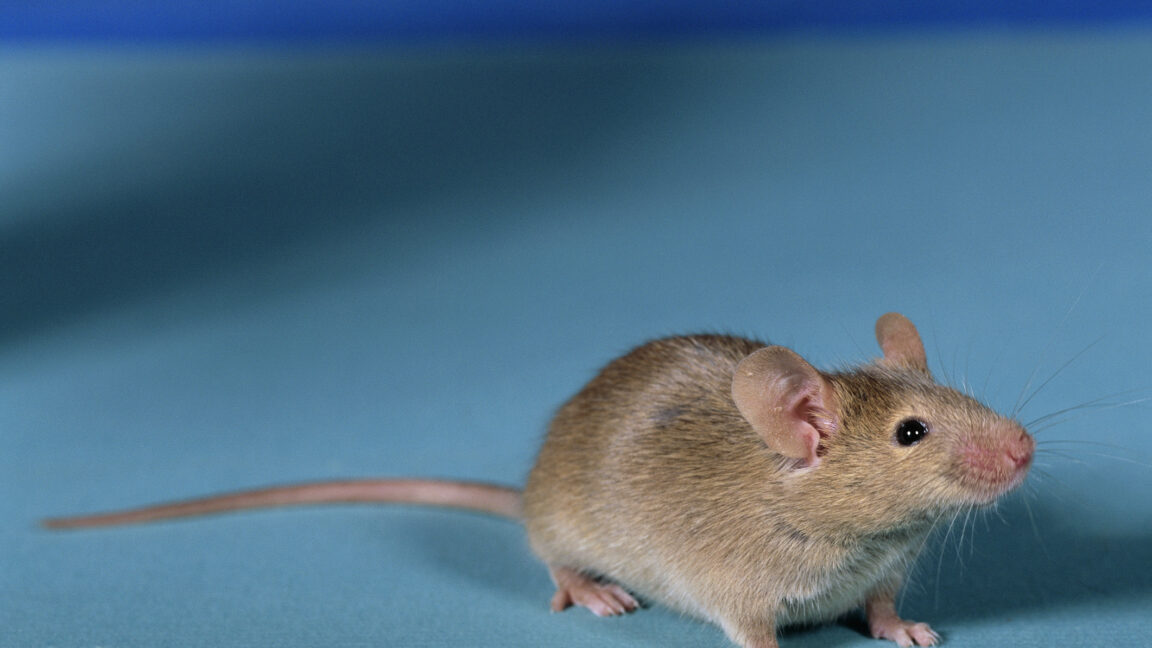
Researchers get viable mice by editing DNA from two sperm
How did your country report this? Share your view in the comments.
Diverging Reports Breakdown
Researchers get viable mice by editing DNA from two sperm
Males imprint their DNA to promote the growth of embryos. Females do similar things chemically but focus on shutting down genes that promote embryonic growth. In a handful of key regions of the genome, having only the modifications specific to one sex is lethal, as the embryo can’t grow to match its stage of development. Researchers have used targeted editing of methylation to produce mice from the DNA of two sperm. But the mouse example obviously took a big assist via the manipulation of egg cells in culture before being implanted in a mouse.
In mammals, this plays out through the chemical modification of DNA, a process called imprinting. Males imprint their DNA by adding methyl modifications to it in a way that alters the activity of genes in order to promote the growth of embryos. Females do similar things chemically but focus on shutting down genes that promote embryonic growth. In a handful of key regions of the genome, having only the modifications specific to one sex is lethal, as the embryo can’t grow to match its stage of development.
One consequence of this is that you normally can’t produce embryos using only the DNA from eggs or from sperm. But over the last few years, researchers have gradually worked around the need for imprinted sites to have one copy from each parent. Now, in a very sophisticated demonstration, researchers have used targeted editing of methylation to produce mice from the DNA of two sperm.
Imprinting and same-sex parents
There’s a long history of studying imprinting in mice. Long before the genome was sequenced, people had identified specific parts of the chromosomes that, if deleted, were lethal—but only if inherited from one of the two sexes. They correctly inferred that this meant that the genes in the region are normally inactivated in the germ cells of one of the sexes. If they’re deleted in the other sex, then the combination that results in the offspring—missing on one chromosome, inactivated the other—is lethal.
Over time, seven critical imprinted regions were identified, scattered throughout the genome. And, roughly 20 years ago, a team managed to find the right deletion to enable a female mouse to give birth to offspring that received a set of chromosomes from each of two unfertilized eggs. The researchers drew parallels to animals that can reproduce through parthenogenesis, where the female gives birth using unfertilized eggs. But the mouse example obviously took a big assist via the manipulation of egg cells in culture before being implanted in a mouse.
Source: https://arstechnica.com/science/2025/06/researchers-get-viable-mice-by-editing-dna-from-two-sperm/
